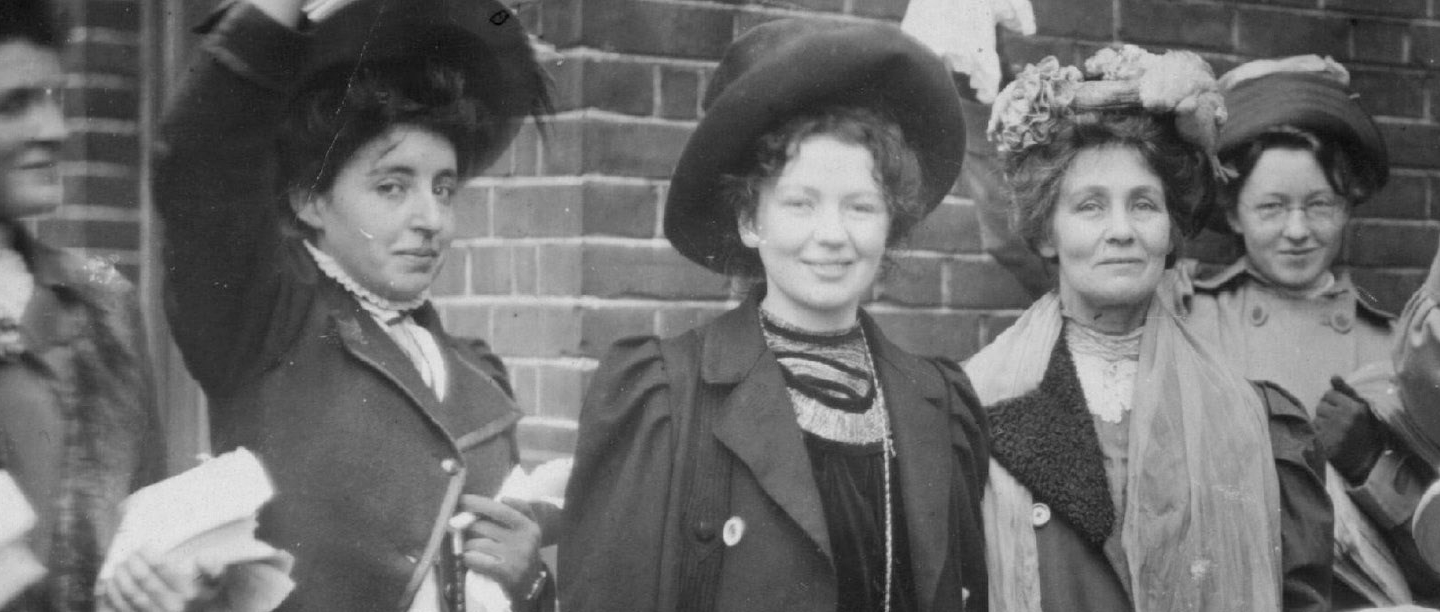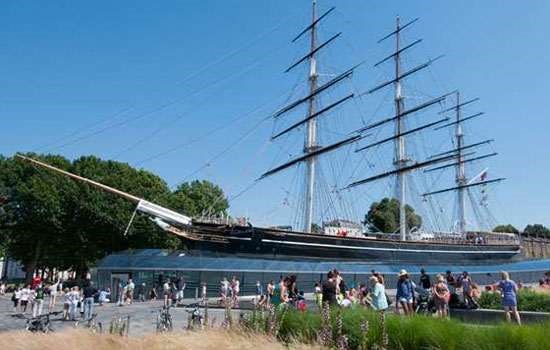Prison Sentence
Emmeline Pankhurst (1858-1928) founded the Women's Social & Political Union (the WSPU) with her daughter Christabel in 1903 as a militant wing of the suffrage movement: its motto was "deeds not words". She lived with Christabel at 50 Clarendon Road in Holland Park from 1916-19, a site that is now marked by a blue plaque.
In 1912, Emmeline was charged with conspiracy and sentenced to three years in prison. She was released after she went on hunger strike but repeatedly re-arrested as result of 1913's notorious Cat and Mouse Act. With the start of the First World War, she focused on caring for 'war babies' - illegitimate children fathered by men before they went to war - and adopted four of them, before she left for Canada to start a new life.
Civil Disobedience
After she obtained a law degree in 1906, Christabel became the WSPU's organising secretary and was the driving force behind many of the group's schemes. Her work in this area was so important that she avoided taking part in demonstrations so she didn't risk arrest and imprisonment.
After a raid on the WSPU headquarters in 1912, she escaped to Paris, from where she continued her work for the movement. She later adopted one of the 'war babies' and lived at 50 Clarendon Road intermittently between 1917 and 1919.
Visual Identity
The blue plaque at 120 Cheyne Walk in Chelsea marks where Sylvia Pankhurst (1882-160) lived from 1906-09. She was an impoverished art student (she trained as an artist at the Royal College of Art in Kensington) who developed the visual identity of the suffragettes movement, designing posters, badges and banners in the suffragette colours of green, white and purple.
She was imprisoned on numerous occasions, the first time being in 1906, the year she moved to Cheyne Walk. She founded the East London Federation of Suffragettes in 1913 and, in 1931, published the book The Suffragette Movement, a lengthy account of the struggle for the vote.
Suffrage Blue Plaques Map
Visit the suffrage-related plaques across London for yourself, including plaques honouring the Pankhursts in Notting Hill and Chelsea, Millicent Garrett Fawcett in Bloomsbury, Eleanor Rathbone in Westminster, and Nancy Astor in St James's. Our handy downloadable map details the location of each of the eight plaques, along with nearby tube stops.
DOWNLOAD THE MAPDownload the Blue Plaques App
Click on the link below to download the English Heritage blue plaques app, or search for 'Blue Plaques of London' on your device's app store.
If you'd like to nominate a woman from history for the blue plaques scheme, go to our Propose a Plaque page.
DOWNLOAD THE APPYou may also be interested in




